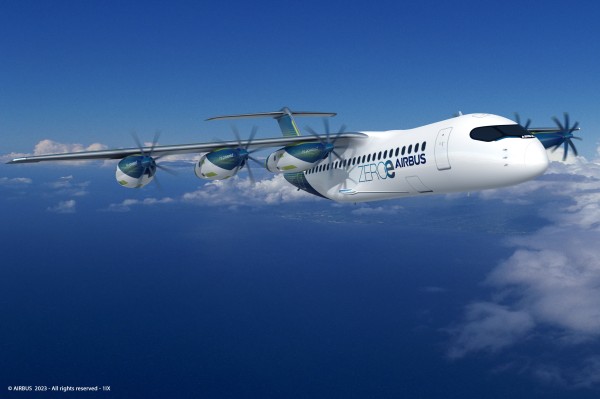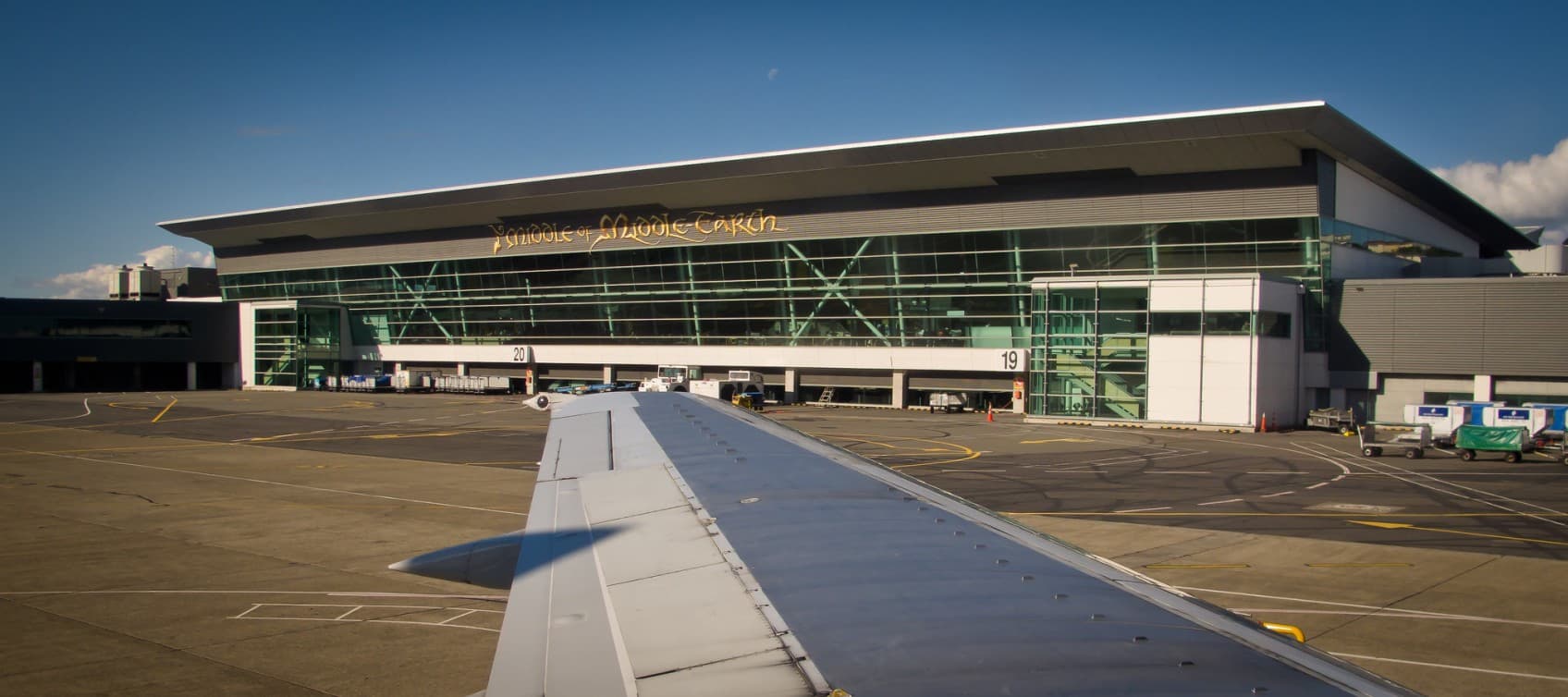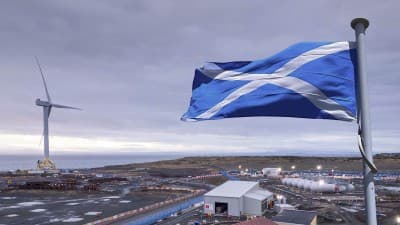Wellington Airport, Hiringa Energy, Air New Zealand and Toyota New Zealand have worked together to conduct a trial at the Wellington airport to test how viable green hydrogen could be used as an on-site energy source.
The first step is to use green hydrogen on the ground. The trial set up a hydrogen fuel cell generator, which is used to power Air New Zealand’s service vehicles and electric tugs. The hydrogen-powered fuel cell generator was supplied by Toyota, a leader in hydrogen technology. That generator is supplied with green hydrogen by Hiringa Energy, which is developing a nationwide network of hydrogen refuelling stations. The four companies hope that the trial can teach them more about the practicalities of hydrogen for these types of industrial applications.
“This is the first time hydrogen has been used at an airport in New Zealand and is an important step on the long-term journey to decarbonise aviation,” said Matt Clarke, Wellington Airport CE, in the press release. “The trial will help us assess the viability of hydrogen for charging and give us a good insight into the operational challenges and opportunities.”
The ultimate goal is hydrogen aviation
While this is only one small step on a long road, the ultimate goal is to enable aircraft flights fuelled by green hydrogen. The aviation industry currently accounts for 2% of global carbon dioxide emissions, as it relies mainly on petrol-based aviation fuels. Finding renewable alternatives to aviation fuel could make a significant difference in greenhouse gas emissions, and this is particularly important for New Zealand since we’re such a long way from the world’s major tourism destinations and export markets.
It's a big challenge to decarbonise air flights. However, due to the high cost of sustainable aviation fuel and the amount of energy it takes to get an aircraft and its cargo around the world, hydrogen could present a solution for Aotearoa New Zealand. According to a report released by the New Zealand Hydrogen Aviation Consortium called ‘Launching Green Hydrogen Powered Aviation in Aotearoa New Zealand’, we are the ideal country to launch hydrogen – it’s abundant, energy-dense and we can produce green hydrogen more easily than many other countries.
“Green hydrogen is starting to be used around the world as a low-emission fuel for buses, trucks, trains, and boats,” explained Jacob Snelgrove, Air New Zealand Sustainability Manager. “Aircraft are the logical next step and successful test flights are already underway overseas. The biggest challenge here in New Zealand is setting up the supply, transport, and infrastructure to support fuelling the aircraft. This trial is an important first step to enable the development of that system.”
A net zero emissions future
Wellington Airport is working toward a goal of absolute zero emissions by 2050, and has already reduced its emissions by 39% since 2017. It plans to be a “pioneer and hub” for electric flights and has an electrification working group with airlines and other partners.

Image sourced from iStock. The image represents a look at zeroe airbus.
Air New Zealand is committed to Flight NZ0, also aiming for net zero carbon by 2050. Toyota has the same target, and its hydrogen fleet includes the Toyota Mirai and several trucks, which will soon be powered by Hiringa’s hydrogen station network.
Clarus and Hiringa have a partnership agreement in place to work together on like-minded projects to develop a green hydrogen network in the future.
The Clarus team has also been investigating how green hydrogen could be used in our existing pipeline network. Our next step is to plan for New Zealand’s first hydrogen blend pilot and blend a small amount of green hydrogen with natural gas in our existing Firstgas network. To learn more about how Clarus is supporting the transition to a net carbon neutral New Zealand, visit Future of Energy.





